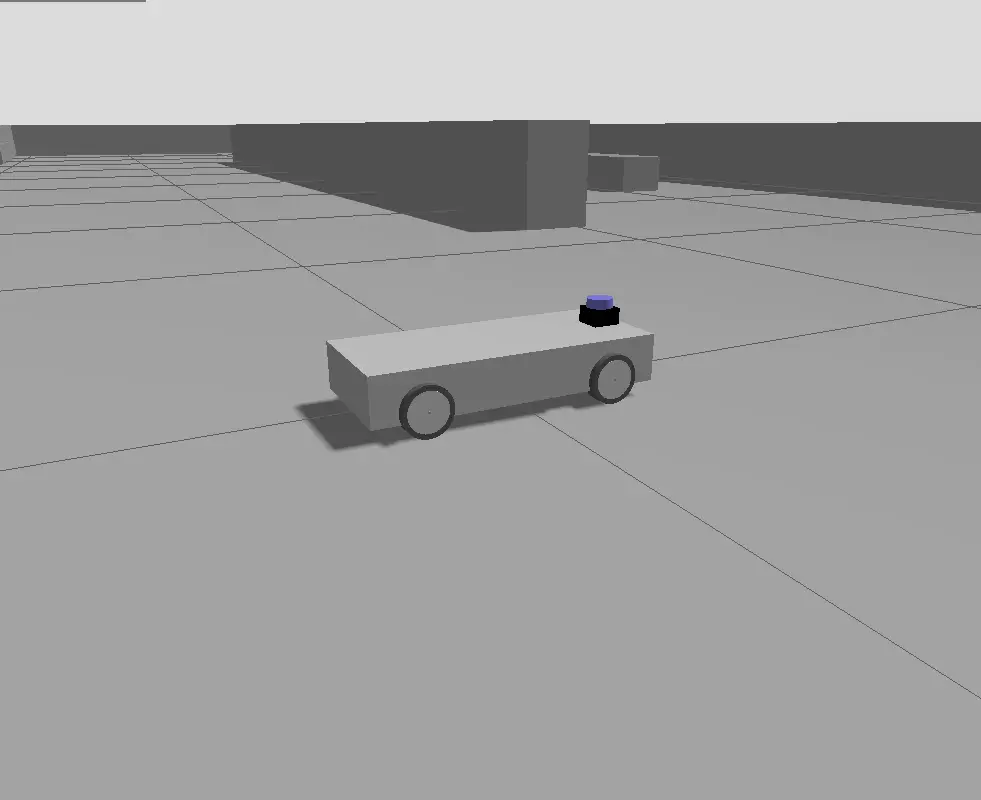As drones evolve from remote-controlled gadgets to intelligent, autonomous machines, the demand for skilled drone programmers is skyrocketing. Whether it’s for drone delivery services, precision agriculture, security surveillance, or cinematic filmmaking, the future of drones depends on one critical skill: programming.
In this beginner-friendly guide, you’ll learn how to program drones using Python. We’ll break down the drone software stack, explore the tools you’ll need, and walk through a simple Python script to control a drone—either in simulation or the real world.
Table of Contents
Why Python for Drone Programming?
Python is the language of choice for drone programming due to its simplicity, flexibility, and large ecosystem. With Python, you can easily integrate computer vision (OpenCV), machine learning (TensorFlow), GPS navigation, real-time telemetry, and more into your drone applications.
Understanding the Drone Software Stack
To effectively program a drone, you need to understand how its software architecture is layered—much like how a computer works.
1. Hardware Layer
This includes physical components:
Motors
Electronic Speed Controllers (ESCs)
Propellers
Flight Controller
GPS, IMUs, and other sensors
You won’t interact with this directly in code, but your scripts will ultimately control this hardware through a chain of software layers.
2. Firmware: ArduPilot
Think of ArduPilot as the Linux of drones. It’s open-source firmware that communicates directly with drone hardware. It translates high-level commands (like “take off” or “fly to GPS coordinate”) into low-level motor control—sending hundreds of commands per second.
ArduPilot supports multirotors, planes, rovers, boats, and even submarines.
3. Middleware: MAVLink Protocol
MAVLink (Micro Air Vehicle Link) is the protocol that allows different parts of the drone software ecosystem to talk to each other. It’s like the language or “dialing code” drones use to exchange commands and telemetry.
MAVLink 1: ~8 bytes per message
MAVLink 2: ~14 bytes with additional features like encryption and signing
Popular messages include:
COMMAND_LONG: To send commands like takeoffGLOBAL_POSITION_INT: For GPS and altitude dataHEARTBEAT: To ensure the drone and ground station are communicating
4. Application Layer: DroneKit-Python
DroneKit-Python is an open-source SDK built on top of MAVLink. It abstracts the complexity and lets you write Python scripts to:
Take off
Land
Follow waypoints
Monitor telemetry
Implement fail-safes and behaviors
It’s ideal for prototyping, simulation, research, and even real deployments.
Setting Up Your Environment
Install the ArduPilot SITL Simulator
SITL (Software-In-The-Loop) simulates a drone on your computer. Perfect for development and testing.
# Clone ArduPilot repo
git clone https://github.com/ardupilot/ardupilot
cd ardupilot
git submodule update --init --recursive
# Start SITL simulator
cd ArduCopter
../Tools/autotest/sim_vehicle.py --console --map
This will launch a simulated quadcopter on localhost at port 14550.
Install DroneKit Python
pip install dronekit==2.9.2
Writing Your First DroneKit Python Script
Here’s a simple Python script that arms the drone, takes off to 5 meters, then lands.
from dronekit import connect, VehicleMode, LocationGlobalRelative
import time
# Connect to the simulated drone
vehicle = connect('127.0.0.1:14550', wait_ready=True)
def arm_and_takeoff(target_altitude):
while not vehicle.is_armable:
print("Waiting for drone to become armable...")
time.sleep(1)
print("Arming motors...")
vehicle.mode = VehicleMode("GUIDED")
vehicle.armed = True
while not vehicle.armed:
print("Waiting for arming...")
time.sleep(1)
print("Taking off!")
vehicle.simple_takeoff(target_altitude)
while True:
current_alt = vehicle.location.global_relative_frame.alt
print(f"Altitude: {current_alt:.2f} m")
if current_alt >= target_altitude * 0.95:
print("Target altitude reached.")
break
time.sleep(1)
# Run the mission
arm_and_takeoff(5)
vehicle.mode = VehicleMode("LAND")
print("Landing...")
# Close connection
vehicle.close()
Running the Script on a Simulated Drone
Launch the SITL drone via
sim_vehicle.py.Run the Python script in a separate terminal.
Watch the drone take off and land—all in simulation!
Programming a Physical Drone
To control a real drone:
Use a companion computer (e.g., Raspberry Pi) connected to your flight controller via UART or USB.
Make sure ArduPilot or PX4 is installed.
Run your Python script on the companion computer.
Ensure a GPS module, telemetry radio, and safety checks are in place.
Note: Always test your code in simulation first before flying a real drone.
Keep Learning: Drone Programming Course
If this tutorial sparked your interest, take it a step further with a complete Drone Programming Course. Learn how to:
Control drones with Python
Simulate GPS loss and test fail-safes
Integrate computer vision and AI
Deploy missions using Raspberry Pi or NVIDIA Jetson
No drone required—just your laptop and curiosity.



One Response